Our Ship, the Hermes
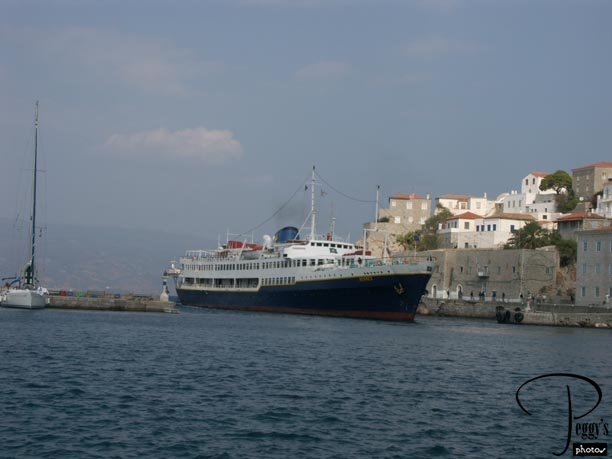
I knew that after three full days in a city as large as Athens that I would need a good break from it. I had reserved a One–Day Island Hopping Cruise through G.O. Tours (this cruise can be booked also through a number of other tour companies). The cruise took us to the nearby islands of Poros, Hydra, and Aegina. The Greek Islands are divided into groups, with Poros, Hydra, and Aegina being part of the Argo–Saronic Islands. This is a photo of our ship, the Hermes, the photo being taken when we were docked at Hydra.

Our Ship, the Hermes
Cruise People

You soon got the idea that there would be some fun on this cruise by the people who saw us off.

Cruise People
More Cruise People

And by our greeters on board. The ship’s passengers were made up of Japanese, French, American, German, Chinese, and Spanish tours groups, among others. Many languages were being spoken in the announcements over the loud speakers.

More Cruise People
Pireaus
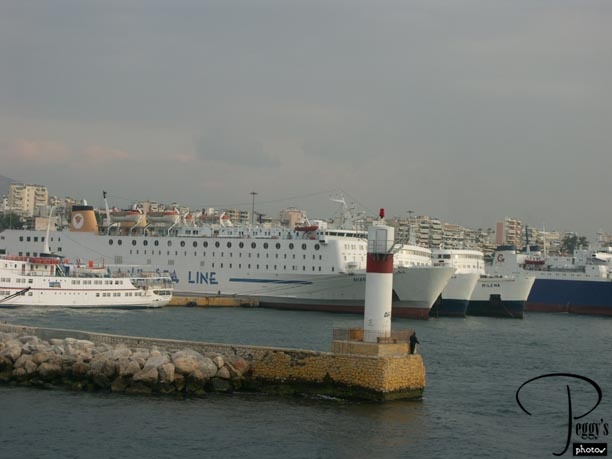
Our ship left from the port of Piraeus, which is about a 20–to–45–minute drive (depending on the traffic) from Athens. There were many passenger ships, ferries, and hydrofoils in port. Here we are sailing past the breakwater into the Aegean Sea.

Pireaus
Fishing Boat
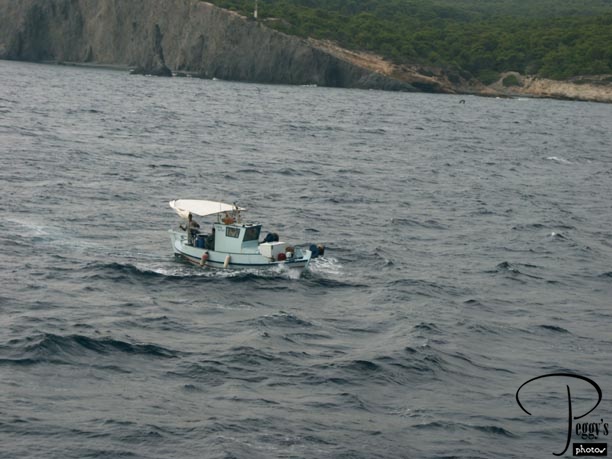
Small wooden fishing boat that we passed. I found a deck chair to sit on and greatly enjoyed the sea air except that it was chilly enough that I wished I had brought along one of my winter jackets that I had left home hanging in my closet (who would have guessed how chilly Greece could be).

Fishing Boat
Lighthouse
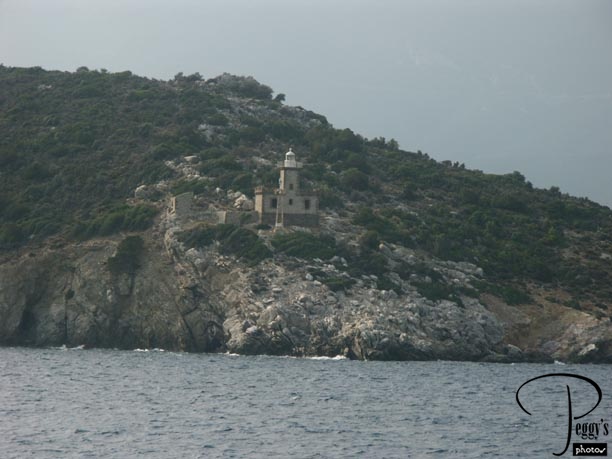
It took about two hours before we sailed past this lighthouse at the entrance to the harbor of Poros. Poros was the second farthest of the three islands from Athens, but still our first stop.

Lighthouse
Poros
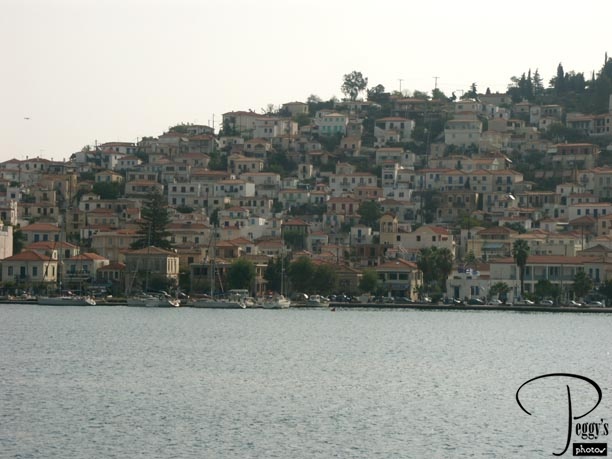
Poros faces the Peloponnese coast and is separated from it by a narrow sea passage. The Peloponnese is a huge peninsula south of Athens. Poros has a population of only 4000 people. This photo is of its 19th century houses on one of its hills.

Poros
Poros
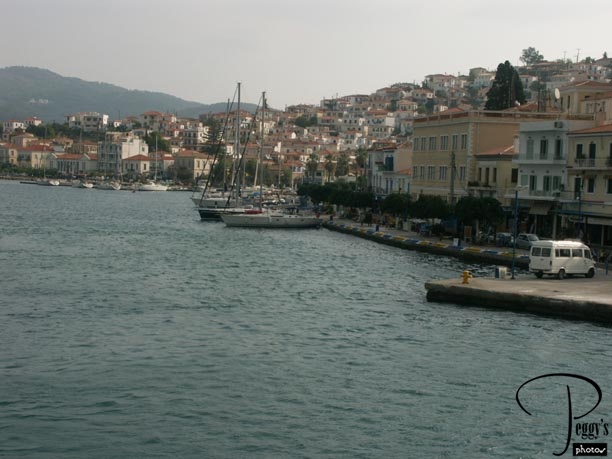
Another view of Poros.

Poros
Poros

Getting ready to dock. The main attraction in Poros is the clock tower on top of the hill. You reach it via over 100 steps along the white wall in the photo.

Poros
Poros
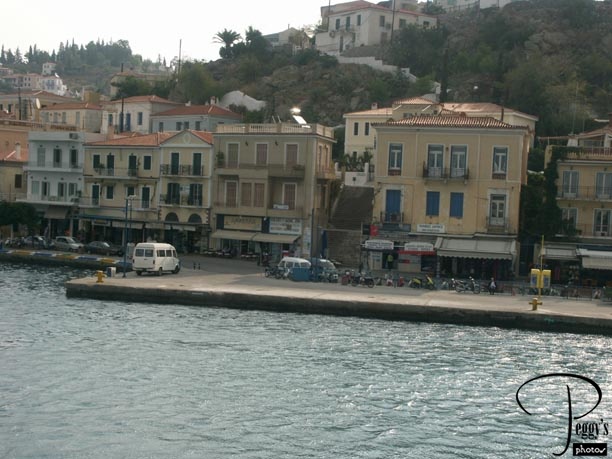
Closer–up view of the waterfront and the pathway up to the clock tower.

Poros
Poros

The first steps to climb to reach the 100 plus steps up to the clock tower. Along the steps and at the top of the steps are souvenir stores.

Poros
Poros
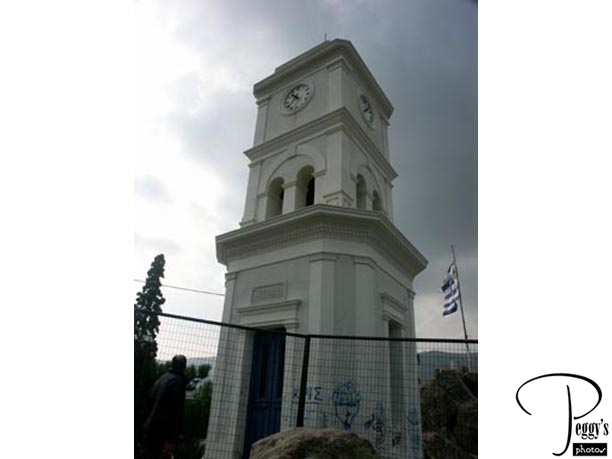
A large group of fellow passengers made for the steps to the clock tower and I followed them. Not too bad of a climb and I felt good that I had attempted it. The clock tower.

Poros
Poros
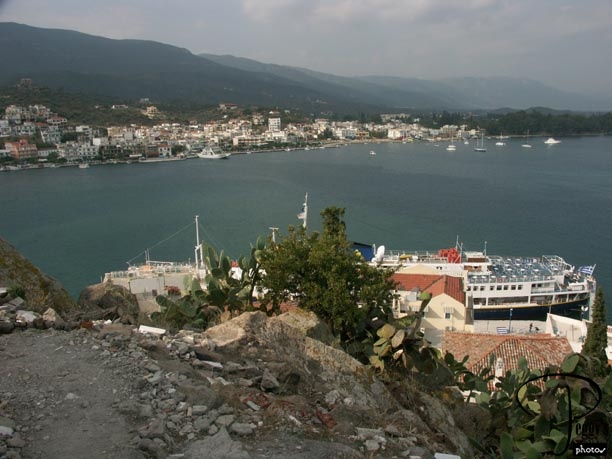
View of Poros and our ship from the clock tower.

Poros
Poros

Another view from the clock tower.

Poros
Poros
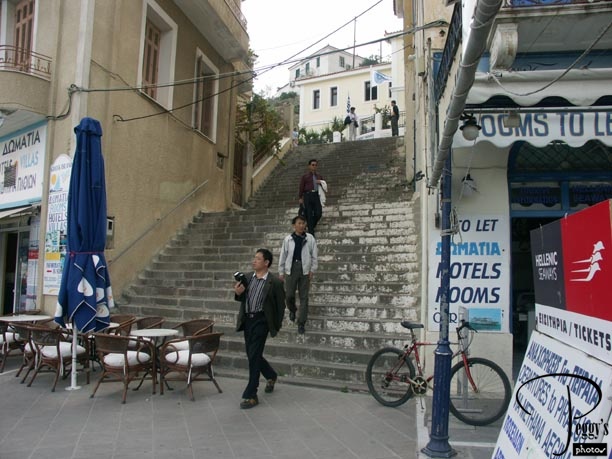
Steps down from the pathway.

Poros
Poros
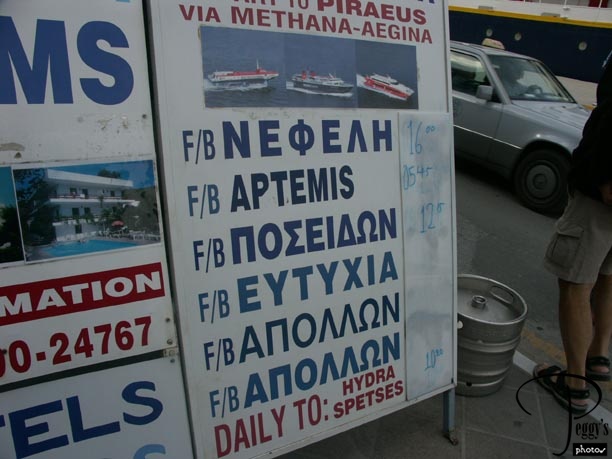
Hyrdrofoil billboard. A hydrofoil leaving from Piraeus stops here on its way to Hydra and Spetses, another of the Argo–Saronic Islands. I took this hydrofoil after my Trafalgar tour was over.

Poros
Poros
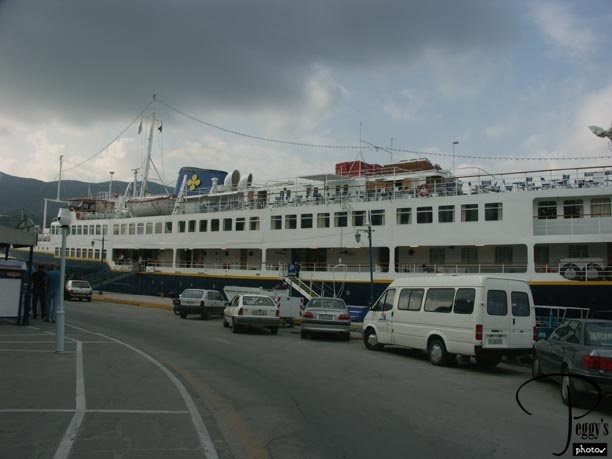
It was already time to reboard the Hermes. Definitely not enough time here in Poros. I only could take a quick look at the souvenir shops, but was able to buy some Greek olive oil soap bars decorated with pretty seahorses for gifts. I would have liked some more time to walk around the harbor area. There were two seatings for lunch aboard the ship––my seating was the first. I sat next to a couple from Australia (the only Aussies I met on my whole trip) and across from three American girls on a travel break from a college semester they were taking in Rome. We were served such a large plate of appetizers that we thought this was our meal––two kinds of bread, a pasta–like dish, coleslaw, and more. The main meal was pork slices in gravey, brussel sprouts, carrots, and potatoes. Next, dessert, which was only canned fruit cocktail. Coke or coffee––an extra charge of 2.50 euros.

Poros
Hydra

Our next port of call was the island of Hydra, the farthest away from Athens of the three islands that we visited. Hydra is also spelt Ydra, prounced Edra, which is how we heard it prounced over the loud speaker. Hydra has a population of 3000. It was settled in the 16th century by Orthodox Albanians, who became fishermen. Today, Hydra is one the most exclusive resorts in Greece. Photo: Coming into Hydra.

Hydra
Hydra
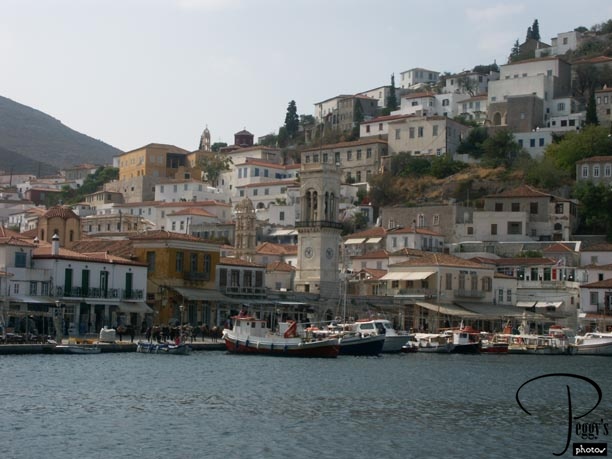
Closer–up view of Hydra.

Hydra
Hydra
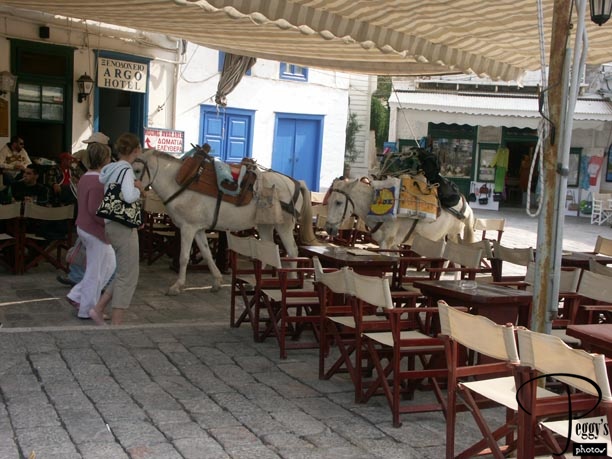
No motorized vehicles are allowed on Hydra––all transportation is by donkeys, which means that in Hydra you don’t have to dodge cars or cycles––only the donkeys.

Hydra
Hydra
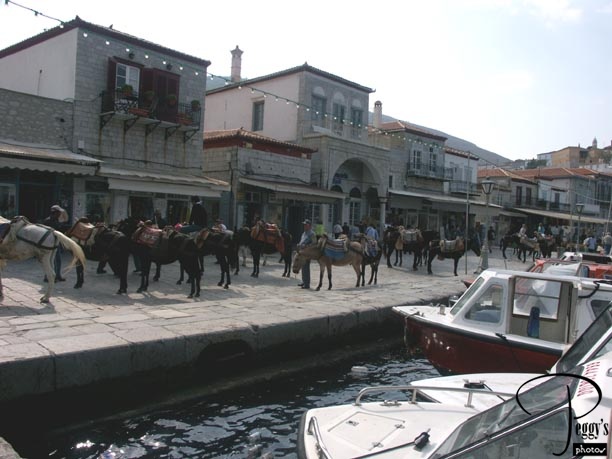
The donkeys lined up.

Hydra
Hydra
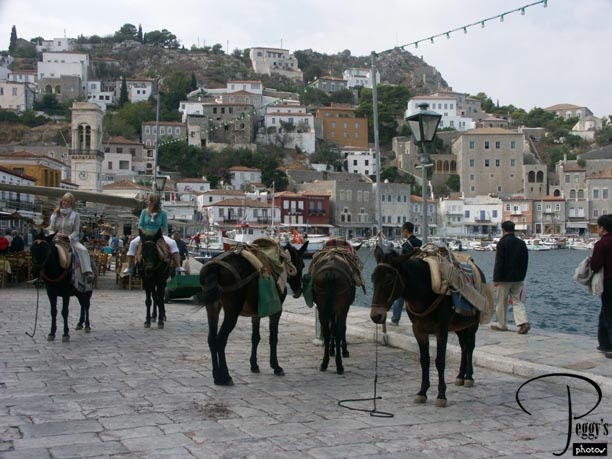
Another donkey photo.

Hydra
Hydra
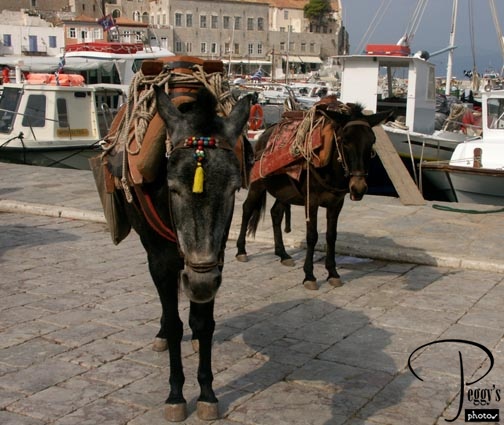
Close–up of two donkeys.

Hydra
Hydra
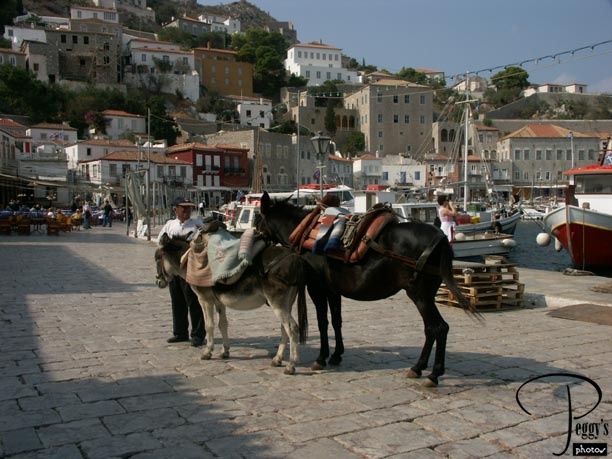
View of the waterfront. I started my exploration of Hydra from here and walked around the harbor, stopping off to investigate the side streets.

Hydra
Hydra
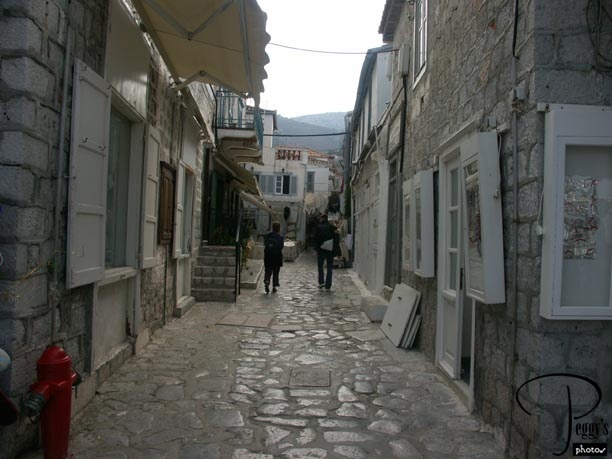
Hydra side street.

Hydra
Hydra
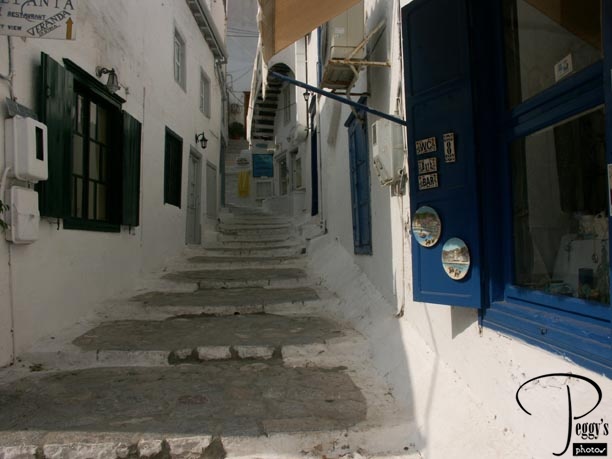
Another side street.

Hydra
Hydra
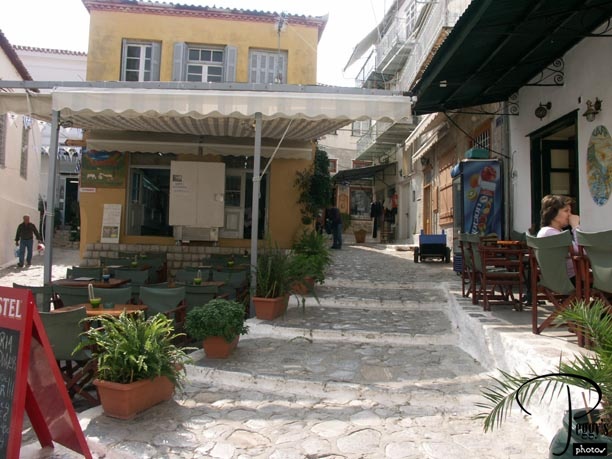
Another side street.

Hydra
Hydra
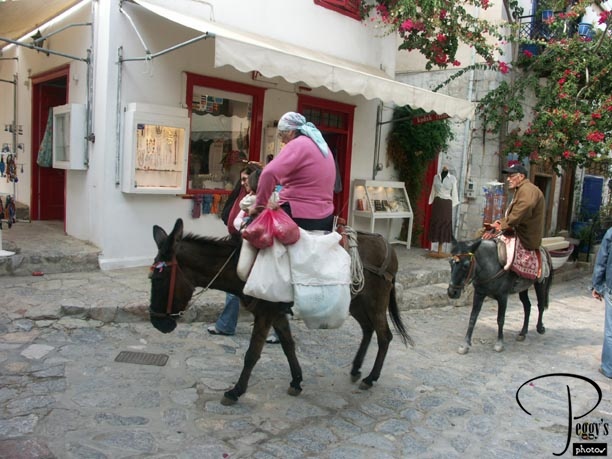
Woman riding on a donkey taking her groceries home. At first, you think that you have really gone back in time when you see a scene such as this, until you realize that the woman was talking on her cell phone during her donkey ride.

Hydra
Hydra
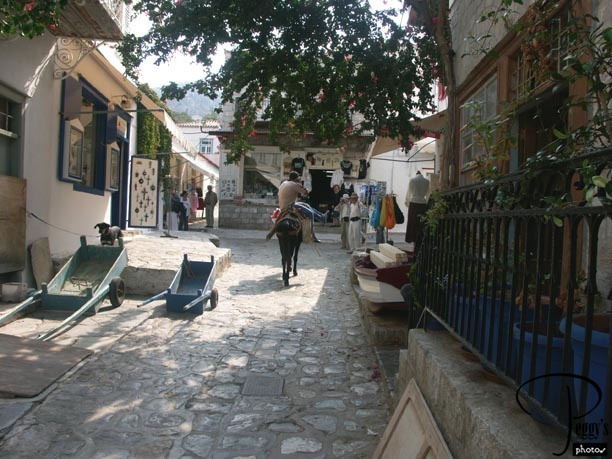
Another donkey rider––also talking on his cell phone.

Hydra
Hydra
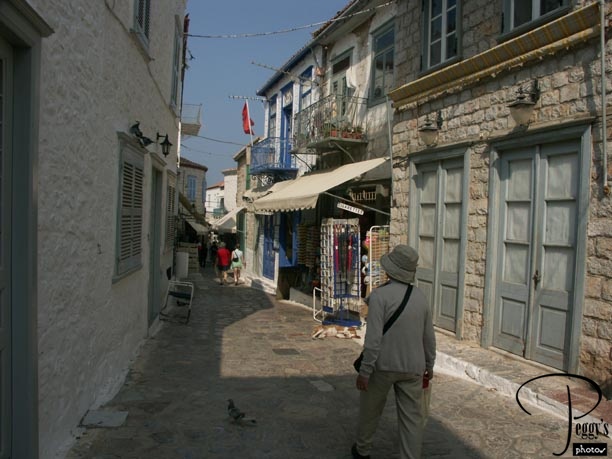
Another side street.

Hydra
Hydra
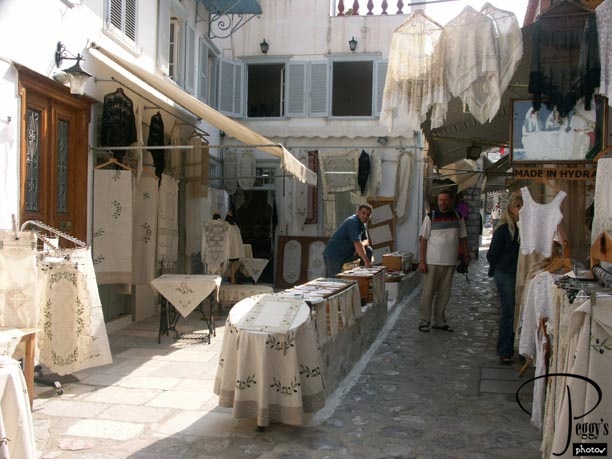
Linen store on a side street.

Hydra
Hydra
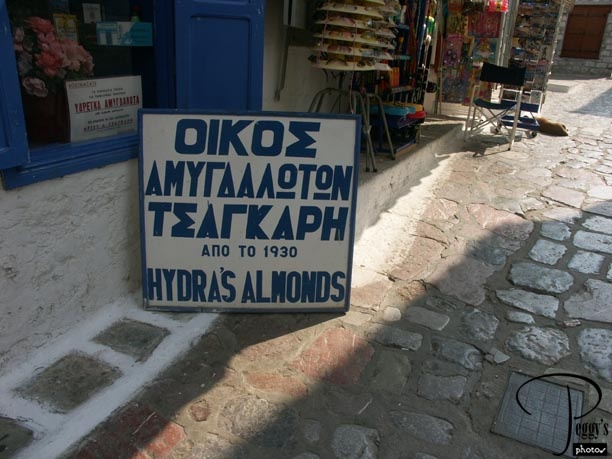
You can buy Hydra’s Almonds here.

Hydra
Hydra
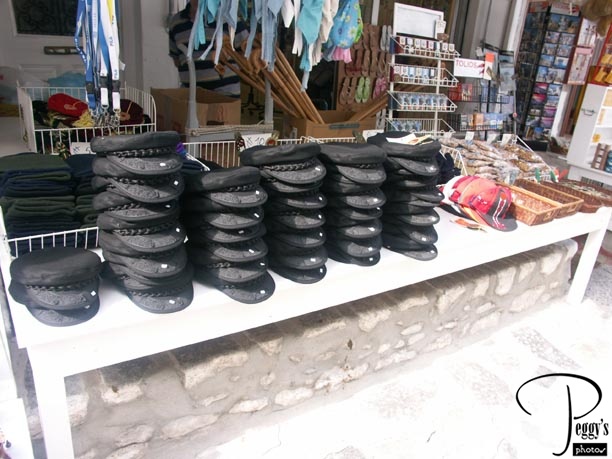
Fishermen’s hats for sale.

Hydra
Hydra
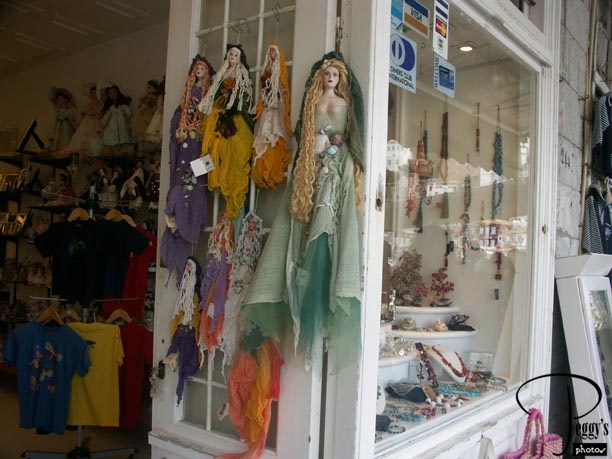
Reaping dolls.

Hydra
Hydra
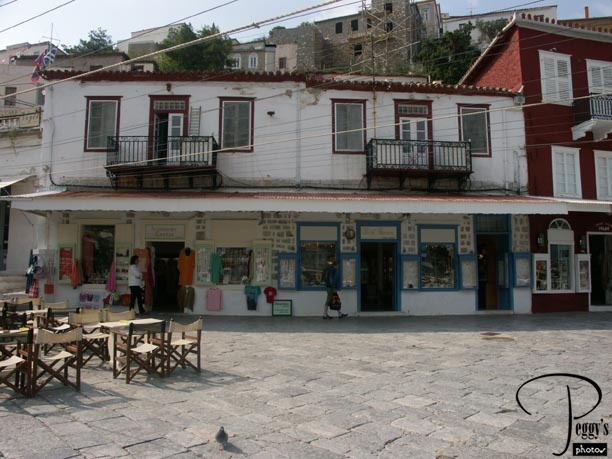
Stores on the waterfront.

Hydra
Hydra
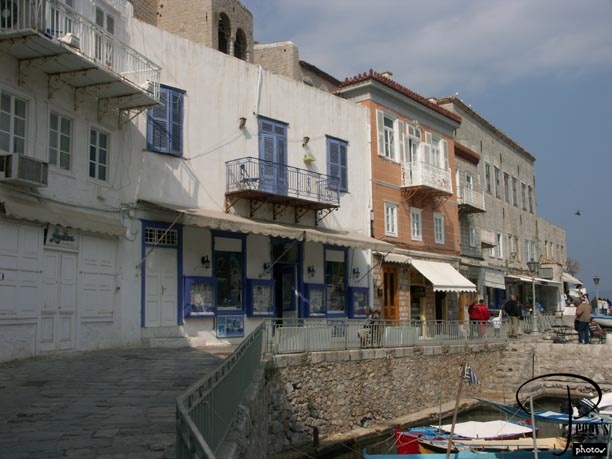
More stores on the waterfront.

Hydra
Hydra
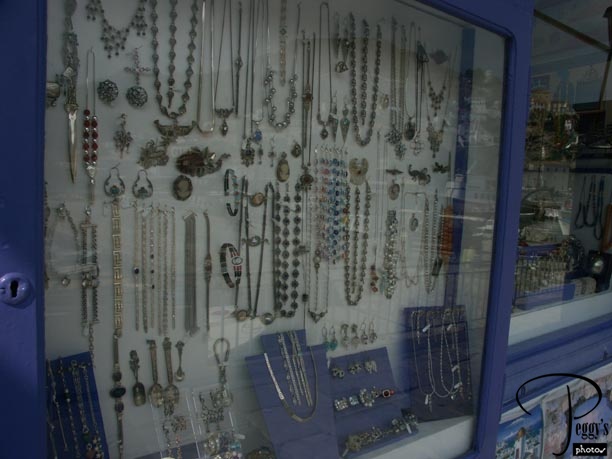
Jewelry store window. This jewelry was not inexpensive.

Hydra
Hydra
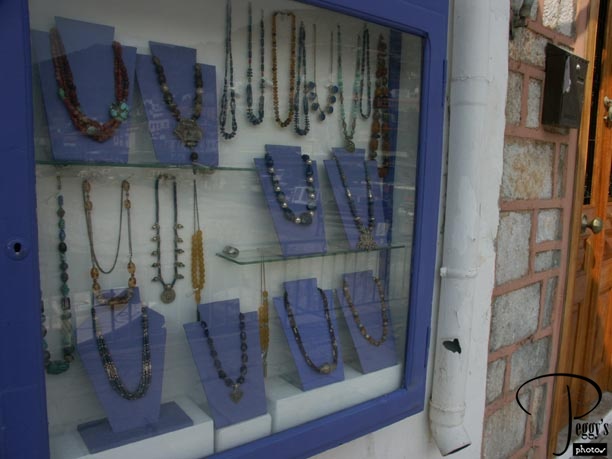
Nor was this jewelry inexpensive.

Hydra
Hydra
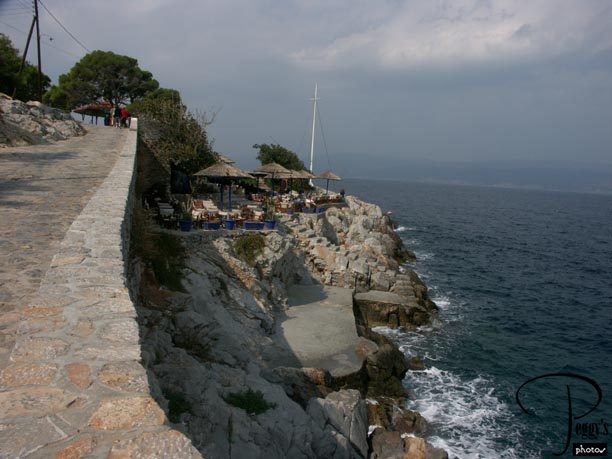
I walked past the waterfront stores and up a hill away from the harbor and saw this restaurant on a cliff.

Hydra
Hydra
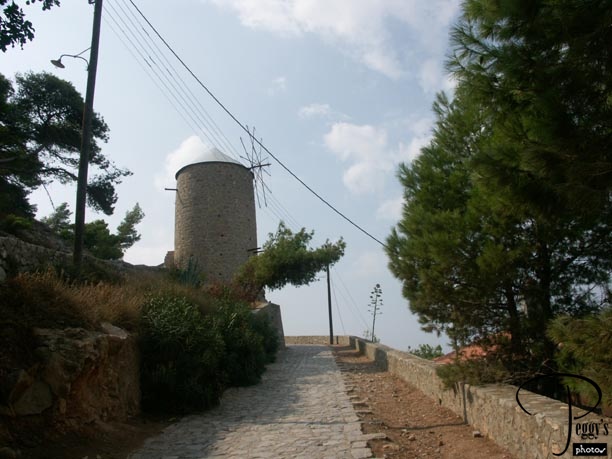
Windmill a bit farther up the hill.

Hydra
Hydra
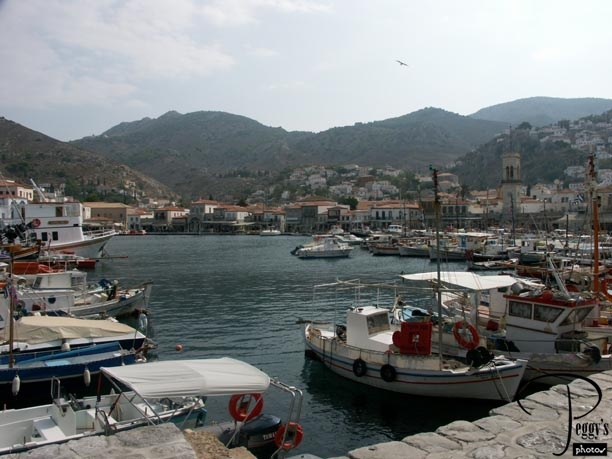
Photo of the harbor and some wooden boats taken while walking back to the ship.

Hydra
Hydra
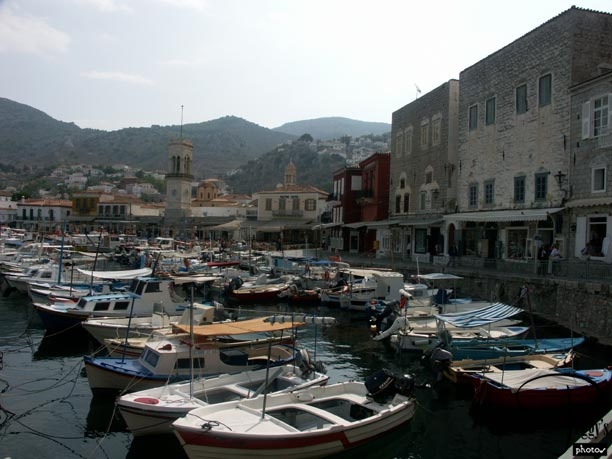
Another view of the harbor.

Hydra
Hydra
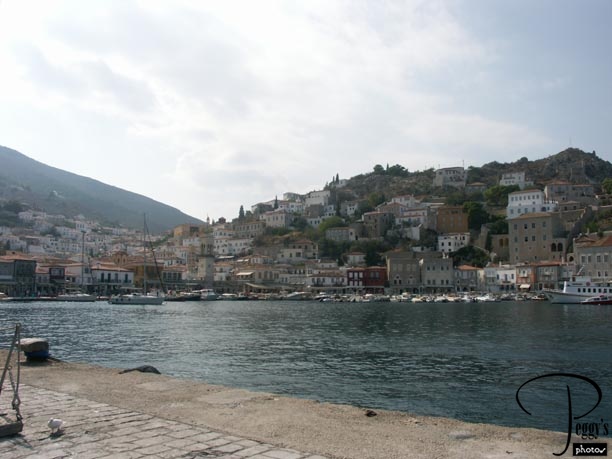
Leaving Hydra. We were given more time in Hydra than we were in Poros, but I would have had liked more time to walk around.

Hydra
Entertainment on the Boat
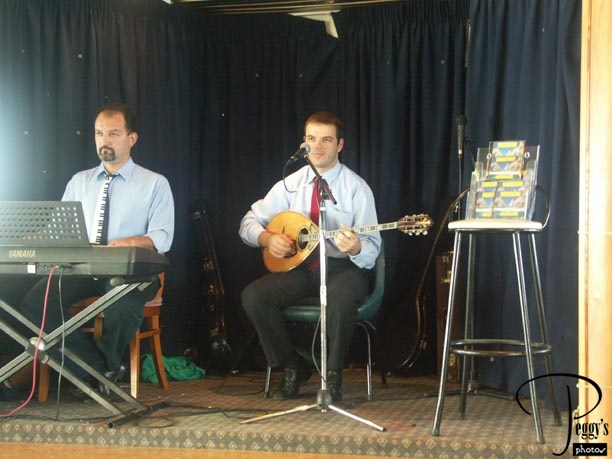
It took about two hours to reach our last port of call: Aegina. We were treated to an entertainment show during this time. I have put movie clips on this website of some of the entertainment. Go to Movies, Western Europe, Greece, “Island Hopping Cruise: ‘Never on Sunday.'”

Entertainment on the Boat
Entertainment on the Boat
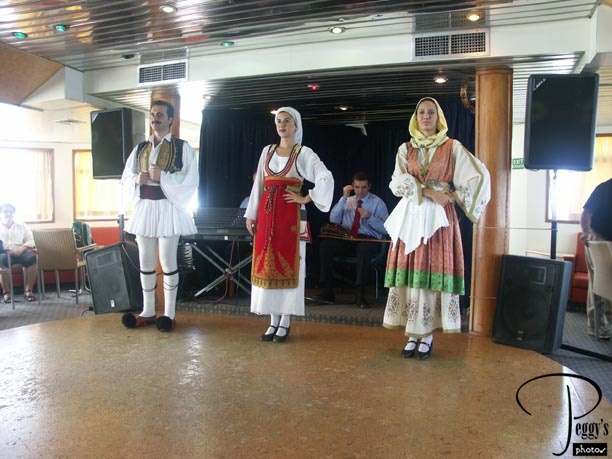
These Greek folk dancers appear in two movie clips: Go to Movies, Western Europe, Greece, “Island Hopping Cruise: Greek Folk Dancers” and “Island Hopping Cruise: Zorba the Greek Dance.”

Entertainment on the Boat
Entertainment on the Boat
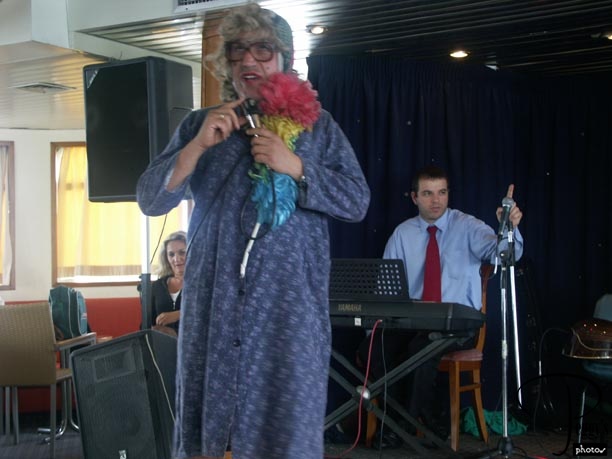
This woman (man?) appears in “Island Hopping Cruise: “French” Singer, ” under Movies, Western Europe, Greece.

Entertainment on the Boat
Entertainment on the Boat
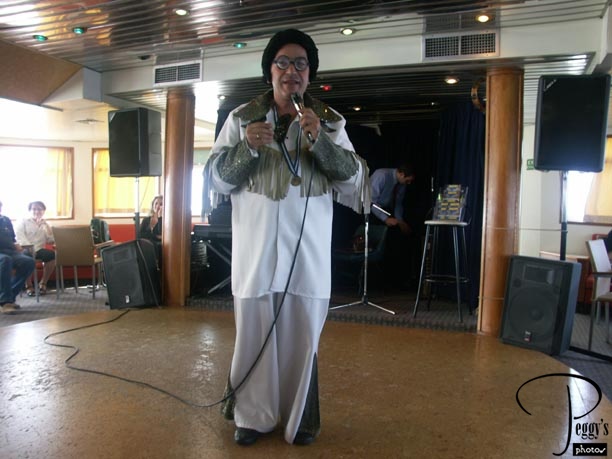
This man (previously the woman singer) appears in “Island Hopping Cruise: Elvis Lives,” under Movies, Western Europe, Greece.

Entertainment on the Boat
Aegina
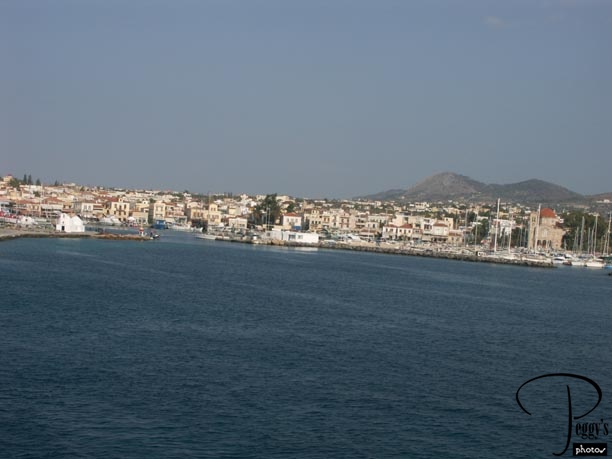
Coming into the port of Aegina. Aegina has been inhabited for over 4000 years and today has a population of about 12,500.

Aegina
Aegina
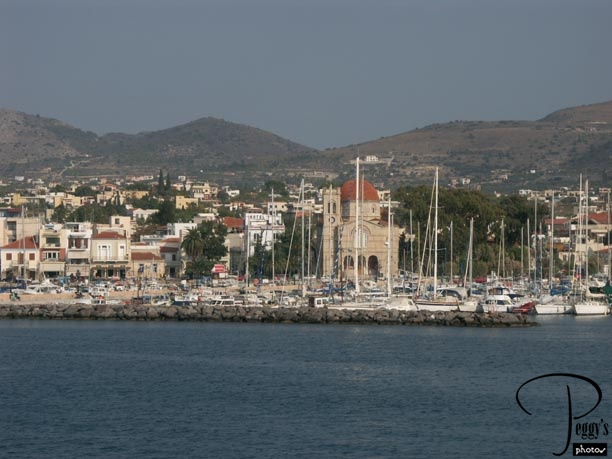
The church in the photo is the 19th–century Agia Triada.

Aegina
Aegina
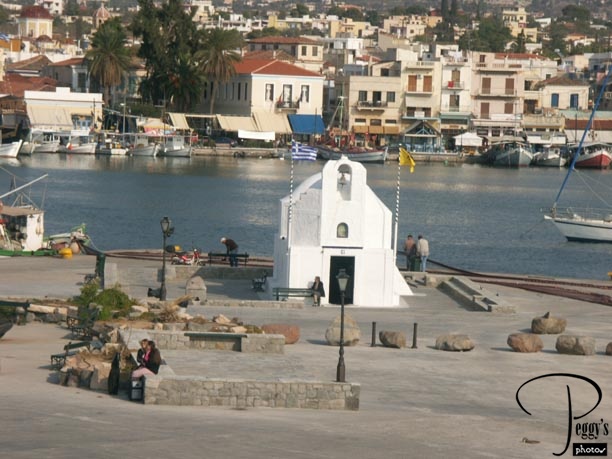
Picturesque Greek Orthodox Chapel on the waterfront.

Aegina
Aegina
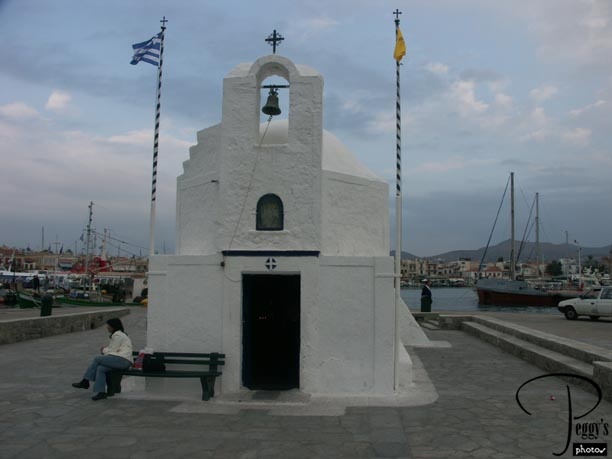
Close–up of the chapel.

Aegina
Aegina
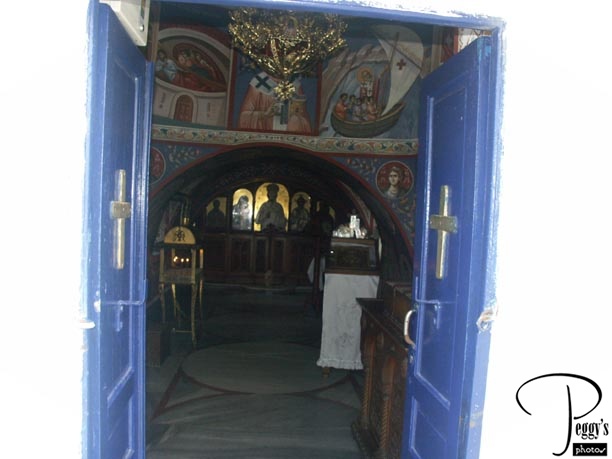
Looking through the doors of the chapel.

Aegina
Aegina
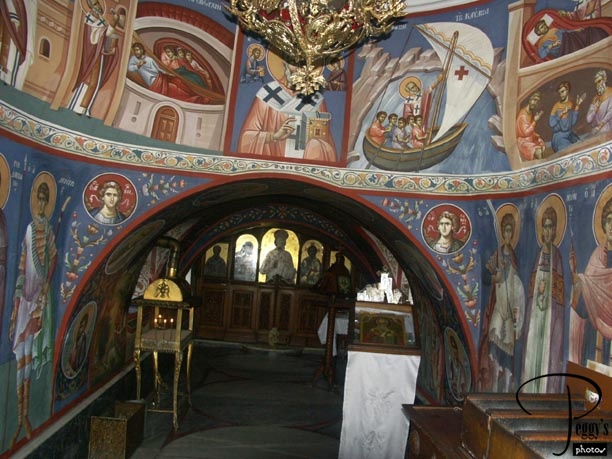
Inside the chapel.

Aegina
Aegina
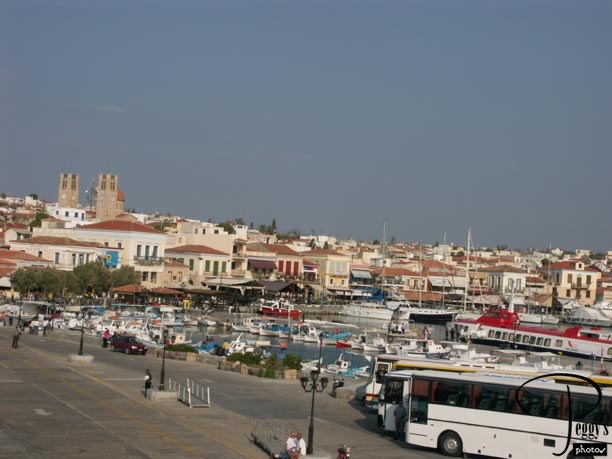
The waterfront. The buses are awaiting the tour groups. You can also see the hydrofoil in port.

Aegina
Aegina
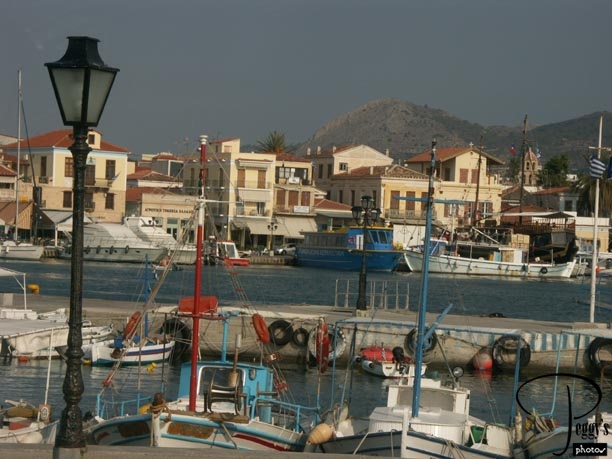
Wooden boats in the harbor.

Aegina
Aegina
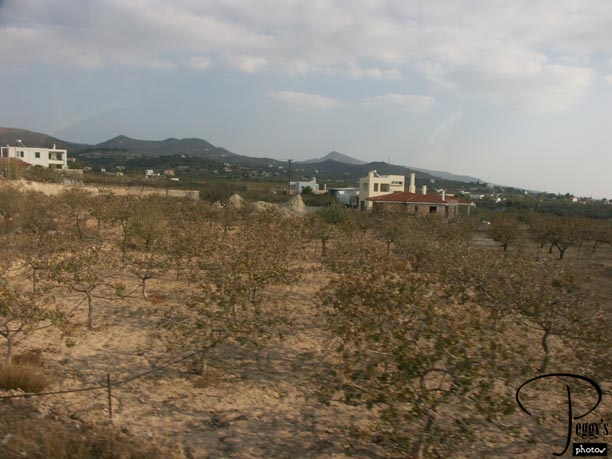
We could either take a bus tour to the Temple of Aphaia and the Church of St. Nectarios or just stay on the waterfront. I took the bus tour. This photo shows the pistachio trees in the countryside on the way to the temple. The island of Aegina is known for its pistachios.

Aegina
Aegina
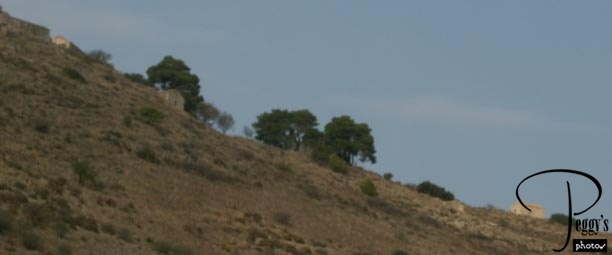
Byzantine monasteries on top of one of the hills of Aegina. There were originally 365 of these monasteries, one for each day of the year. Today, only about 40 remain.

Aegina
Aegina
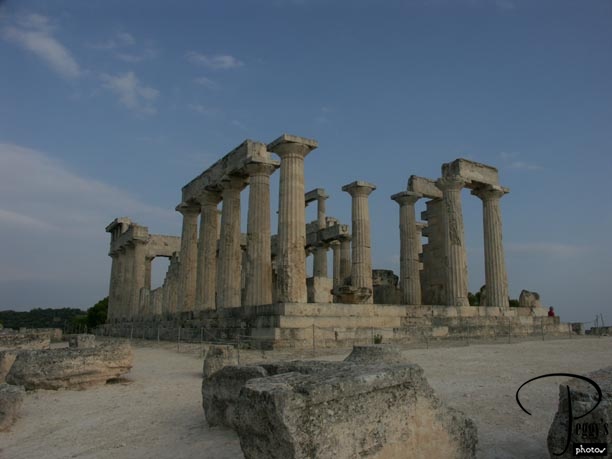
The Temple of Aphaia, one of the temples forming the sacred triangle of Greek antiquity. The other two are the Panthenon in Athens and the Temple of Poseidon, close to Athens. The Temple of Aphaia was built about 490 BC out of limestone, then covered in stucco and decoratively painted. View from the side.

Aegina
Aegina

The Temple of Aphaia was built in honor of the daughter of the river god Asopos. Zeus installed Aphaia on the island as his mistress. View of the temple from a different side.

Aegina
Aegina
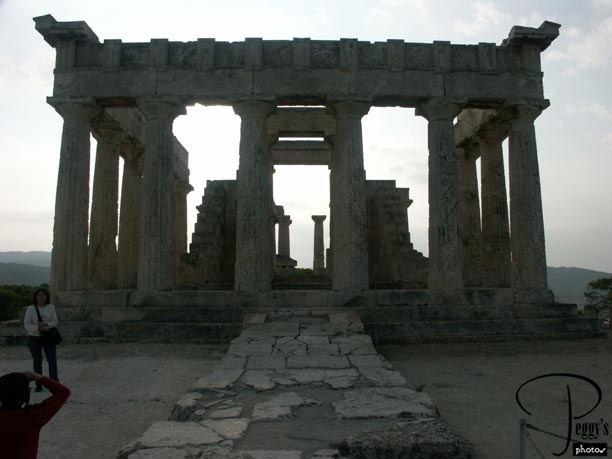
View of the temple from the front. The Temple of Aphaia is one of the best–preserved Doric temples in Greece, characterized by the unadorned columns.

Aegina
Aegina
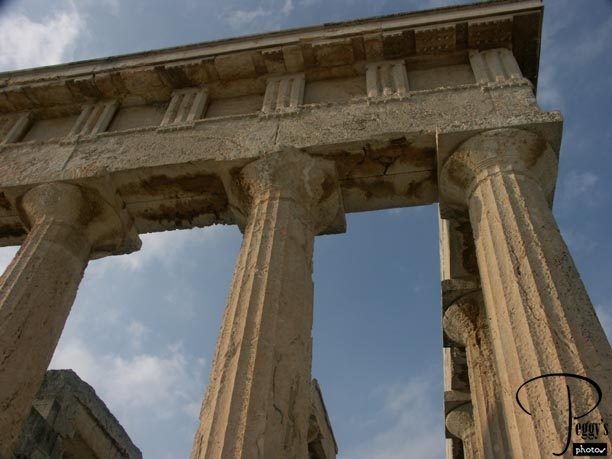
Tops of the Doric columns.

Aegina
Aegina
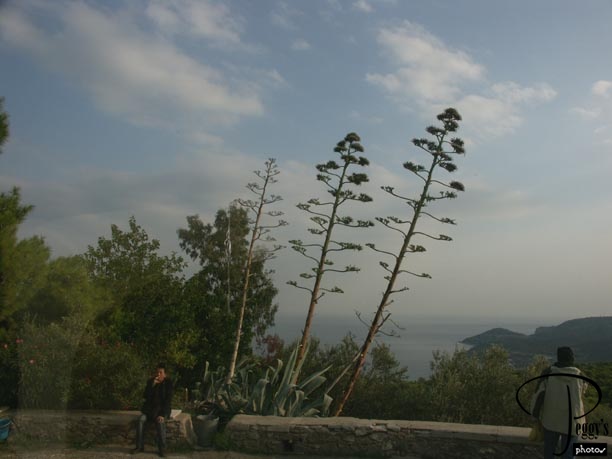
View of the Sardonic Gulf from the hill where the temple is located.

Aegina
Aegina
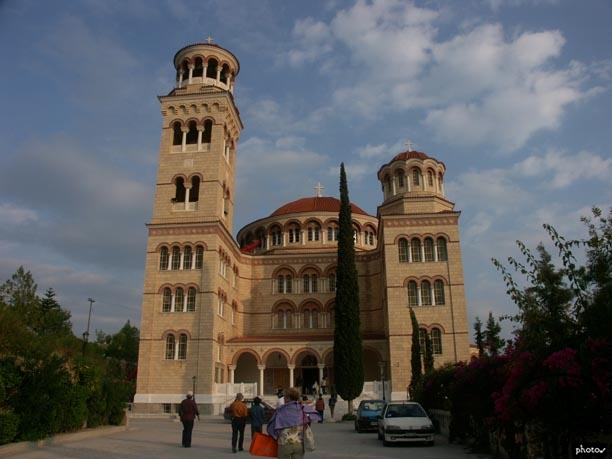
Our next stop was down the hill from the temple: the Church of St. Nectarios, dedicated to the first man (1846–1920) to be made a saint in modern times by the Orthodox Church. He is the patron saint of Aegina and was a famous healer. This church is the second biggest Greek Orthodox Church, the biggest being the Agia Sofia in Istanbul. I can’t find the actual date that the Church of St. Nectarios was built, but I believe that our tour guide told us sometime in the latter part of the 20th century.

Aegina
Aegina
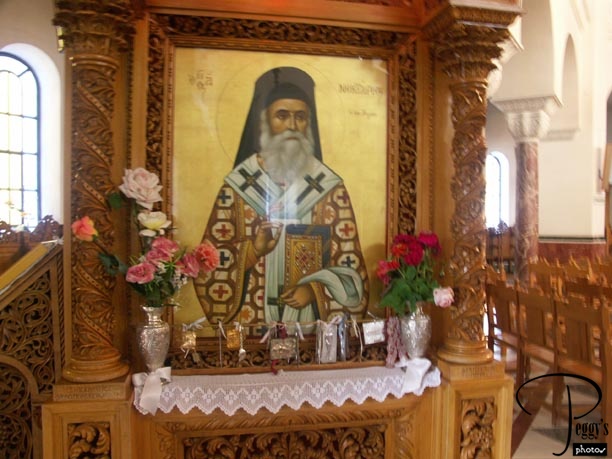
Icon of St. Nectarios.

Aegina
Aegina
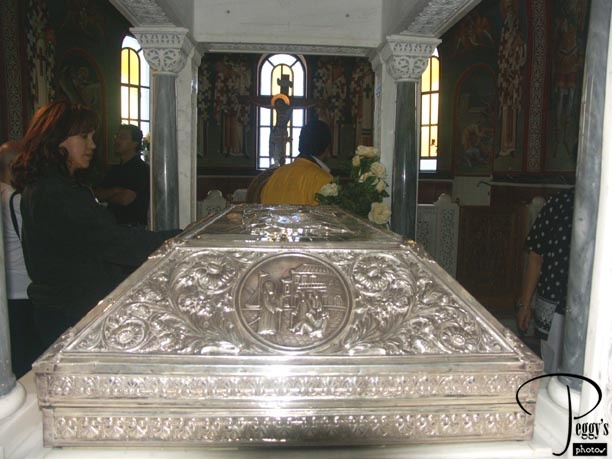
The tomb of St. Nectarios is in a chapel in the church.

Aegina
Aegina
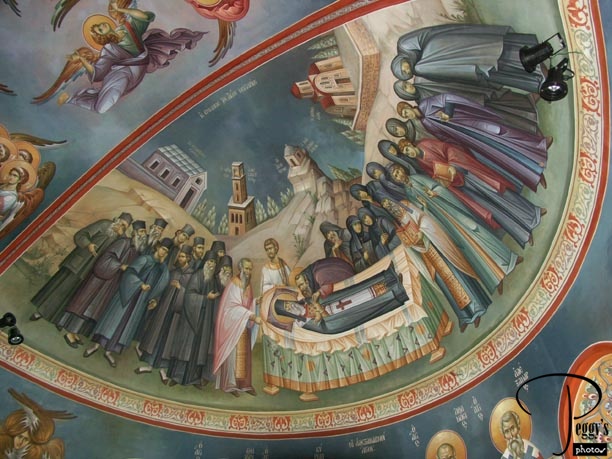
Ceiling frescoes in the chapel.

Aegina
Aegina
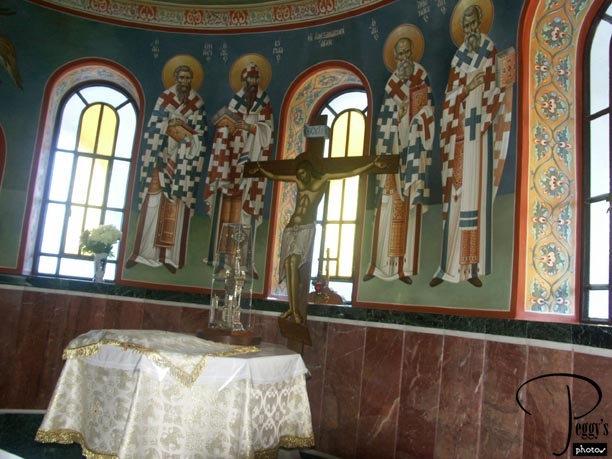
Wall frescoes in the chapel.

Aegina
Aegina
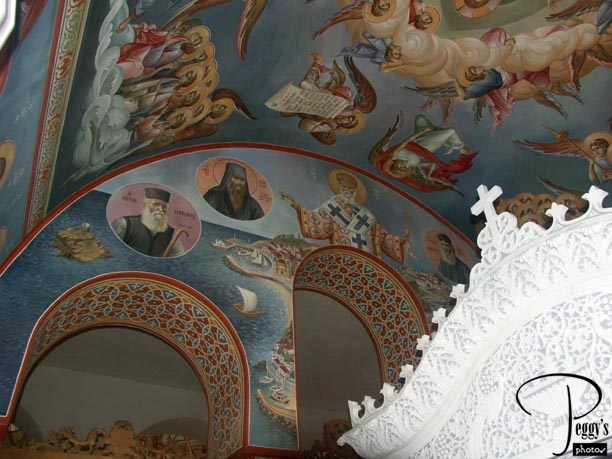
More wall frescoes.

Aegina
Aegina
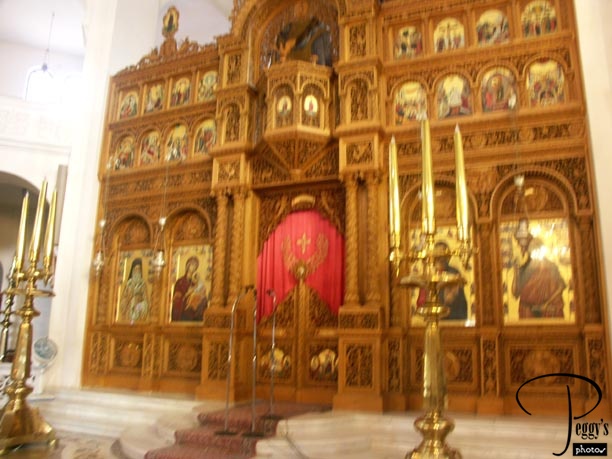
The altar.

Aegina
Aegina
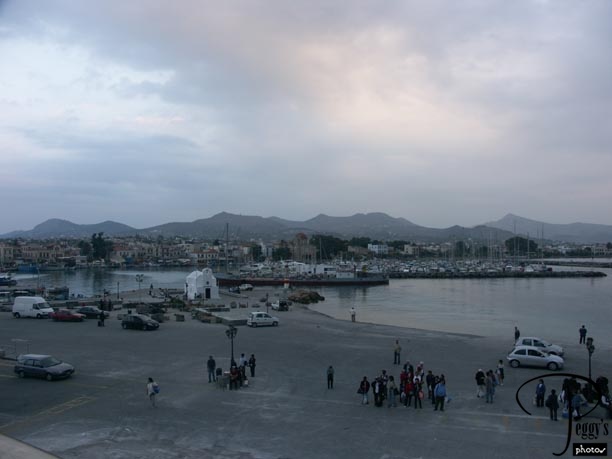
Leaving Aegina. We weren’t given enough time to walk along the waterfront after we got back from the bus tour, so after I finished my Trafalgar tour, I took the hydrofoil back to the island. It took about an hour for the Hermes to dock back in Piraeus and then we were returned by bus to our hotels. A very good day!
